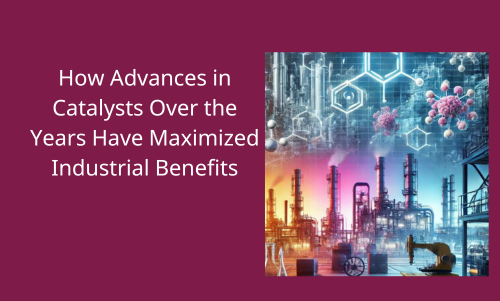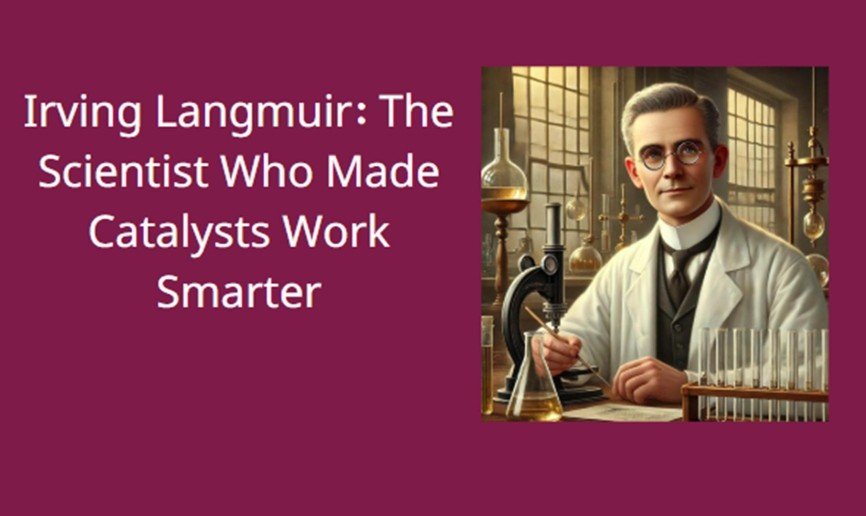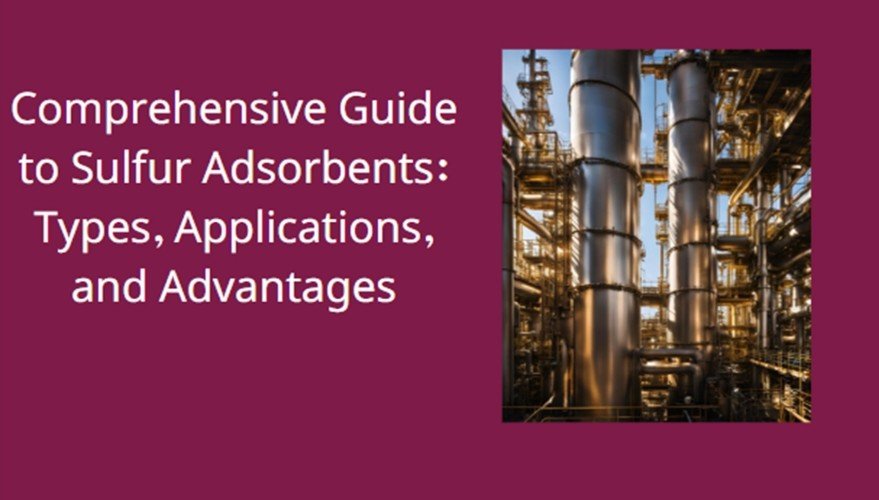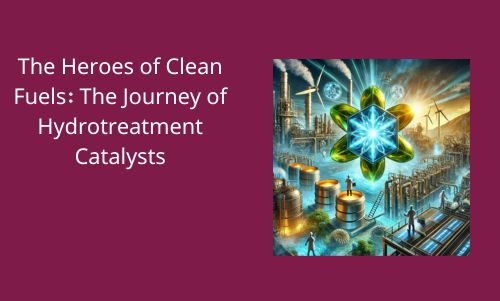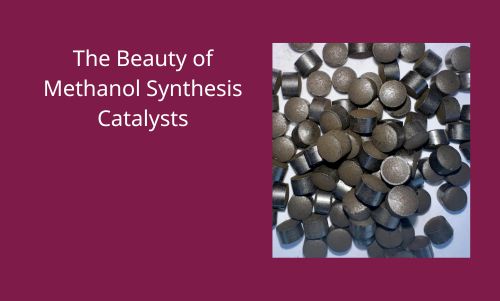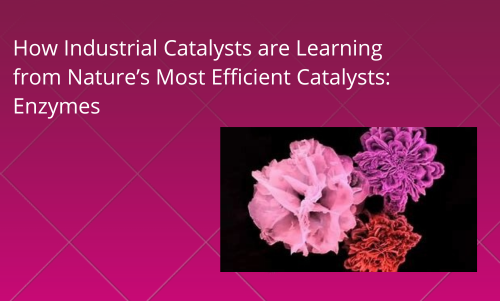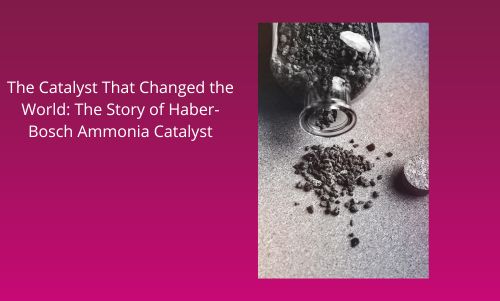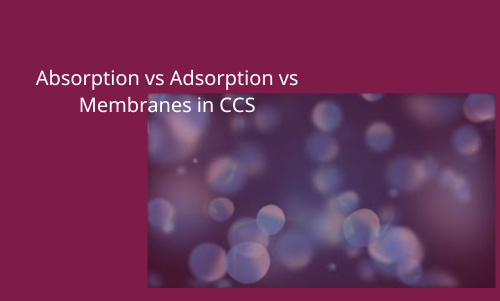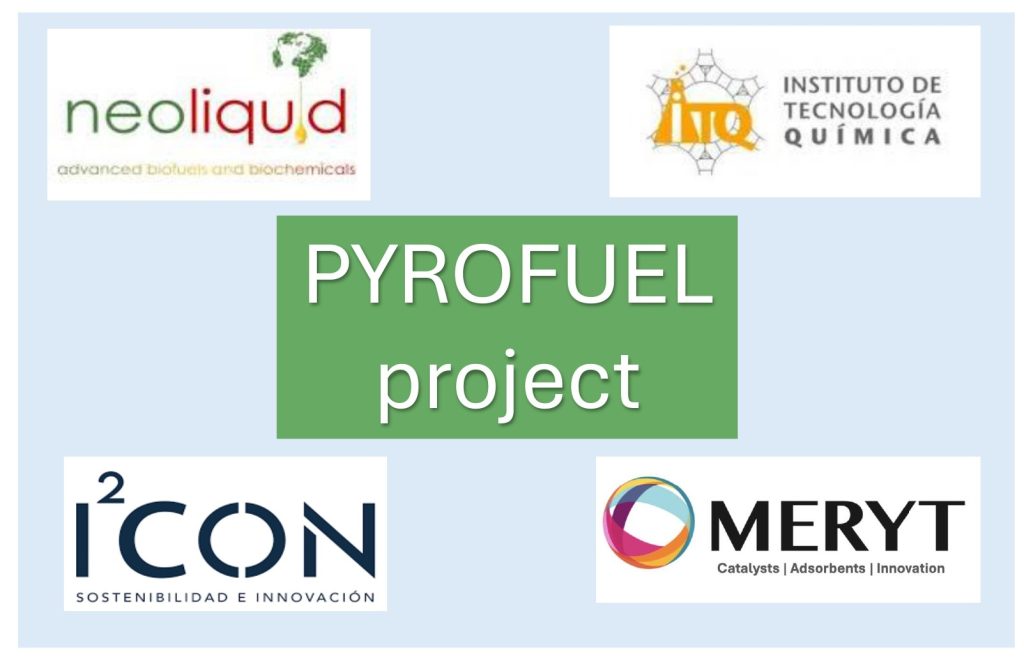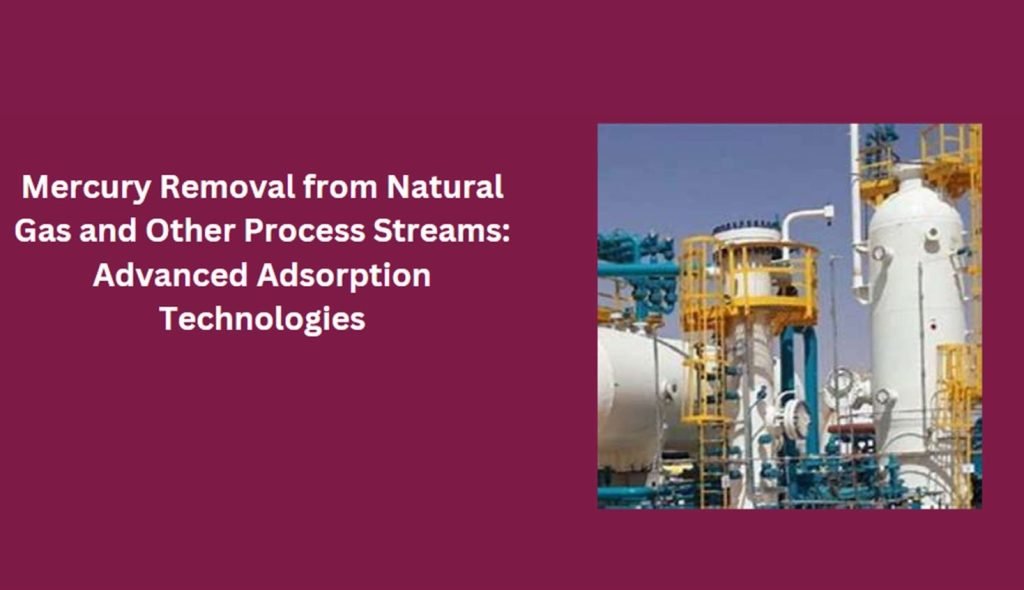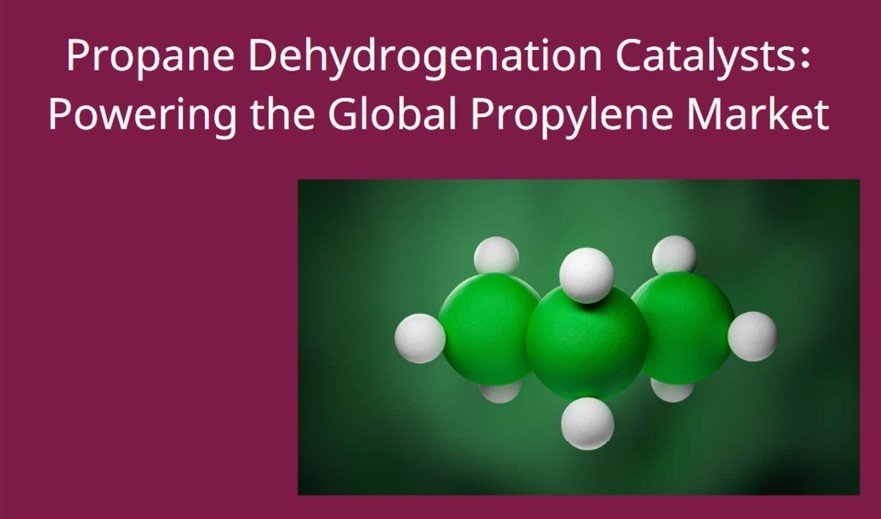Catalysts might work behind the scenes, but their impact on industrial performance has steadily transformed operations over the years. Continuous advancements in catalyst technology have been instrumental in boosting efficiency, cutting costs, and delivering substantial environmental gains. Here, we’ll examine three industrial applications that demonstrate how these incremental improvements have translated into significant profitability and sustainability benefits.
1. Hydrodesulfurization in Diesel Production: Cleaner Fuels, Greater Profitability
The push for ultra-low sulfur diesel (ULSD) has been a long journey, with sulfur limits decreasing steadily since the 1980s when content levels were around 2000 ppm. With progressively stricter environmental standards, refineries have adopted increasingly sophisticated hydrodesulfurization (HDS) catalysts, managing to reduce sulfur to under 10 ppm, today’s norm, without dramatically increasing hydrogen consumption.
Key benefits from these advancements include:
- Hydrogen Savings Over Time: Advances in NiMo-based catalysts and process configurations mean hydrogen usage has only risen modestly. For a refinery producing 5 million tons of diesel, today’s catalysts consume around 0.255 tons of hydrogen per ton—considerably lower than what would be needed with legacy technology. This efficiency saves about 225,000 tons of hydrogen annually, valued at roughly $450 million at $2,000 per ton.
- Stable Operations and Longer Catalyst Life: Over the years, refineries have enhanced HDS systems to support deep desulfurization with multi-reactor setups and optimal LHSV, allowing cycles of 2-3 years even with tougher sulfur mandates.
- Environmental Compliance: Meeting ultra-low sulfur requirements translates to reduced SO₂ emissions, aligning with cleaner fuel standards and positioning refineries favorably in the market.
These developments illustrate how incremental improvements in HDS catalysts have enabled the diesel industry to meet evolving standards while controlling costs.
2. Selective Hydrogenation in Petrochemical Production: Optimizing Yields and Efficiency
Selective hydrogenation is critical for achieving high-purity olefins in petrochemicals, where purity drives the quality of downstream products like plastics. Over the past decade, selective hydrogenation catalysts have evolved from single-metal systems, which achieved about 85% selectivity, to advanced bimetallic catalysts that now deliver selectivity rates up to 95% while requiring less hydrogen.
The impact of these changes includes:
- Increased Product Yield: Improved selectivity brings an additional 80,000 tons of olefins annually to a plant producing 800,000 tons, contributing $96 million more in revenue at $1,200 per ton.
- Reduced Hydrogen Demand: By lowering hydrogen use from 2 kg to 1.5 kg per ton, plants save on both hydrogen and energy costs, cutting approximately 400 tons of hydrogen each year, a savings of $800,000.
- Sustainability Gains: Lower hydrogen consumption reduces CO₂ emissions by about 800 tons per year, supporting industry sustainability targets.
These enhancements in selective hydrogenation have accumulated over time, progressively reducing costs and improving the environmental footprint of petrochemical operations.
3. Ammonia Synthesis in Fertilizer Production: Lower Energy Requirements Drive Savings
Ammonia synthesis is foundational for fertilizer production, but it’s historically one of the most energy-intensive processes in the chemical industry. In the 1990s, catalysts required temperatures of 500°C and pressures of 250 atm, consuming about 10 GJ per ton of ammonia. Decades of catalyst refinement have brought these figures down, with modern ammonia synthesis catalysts now operating efficiently at 450°C and 200 atm, using only 8 GJ per ton.
The cumulative effects include:
- Energy Savings Over Time: For a plant producing 2 million tons of ammonia, reducing energy consumption by 2 GJ per ton translates to 4 million GJ saved annually, worth about $20 million at $5 per GJ.
- CO₂ Emission Reductions: Saving 2 GJ per ton prevents approximately 50 kg of CO₂ emissions per ton of ammonia produced. Over the entire output, this means a reduction of 200,000 tons of CO₂ annually, supporting environmental objectives and minimizing offset costs.
These energy savings and emission reductions show how incremental improvements in ammonia synthesis catalysts have redefined the cost and environmental structure of fertilizer production.
In summary, gradual but consistent improvements in catalyst technology have transformed these industries. By enhancing resource efficiency, improving yields, and enabling environmental compliance, catalysts have delivered growing financial and environmental benefits to industrial operators over the years. As advancements continue, the role of catalysts will only strengthen, proving their value as essential tools for sustainable and profitable industrial processes.

